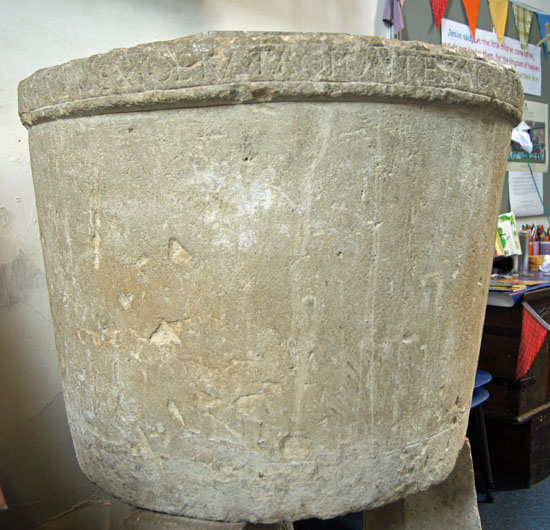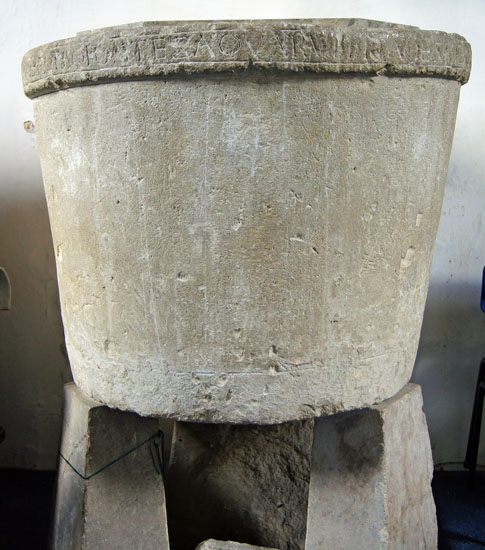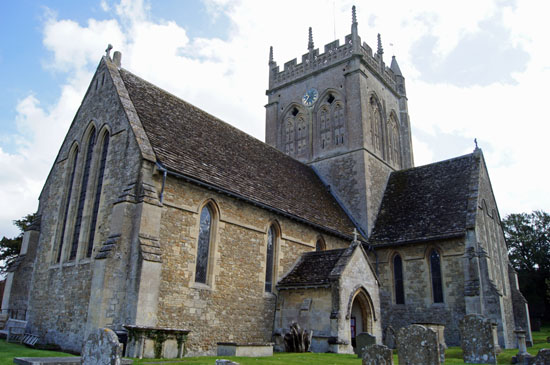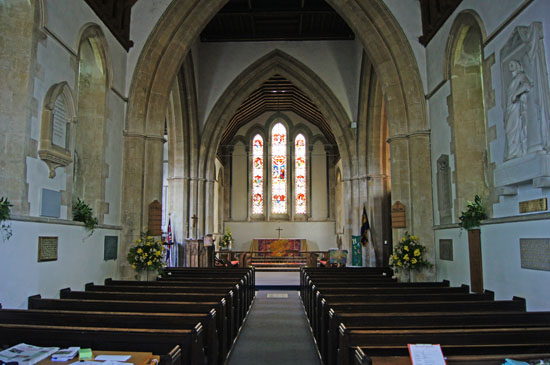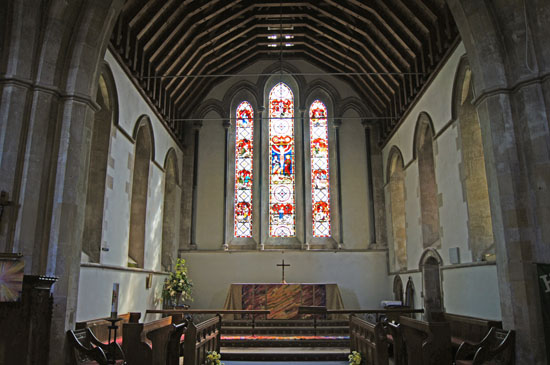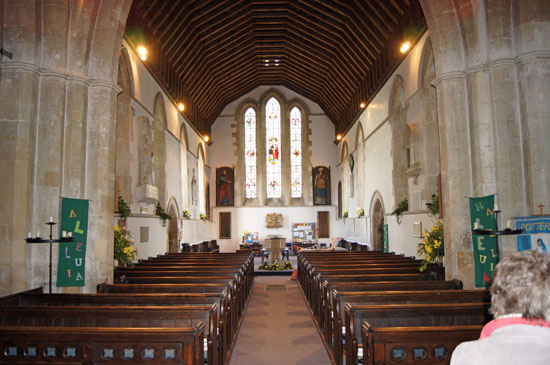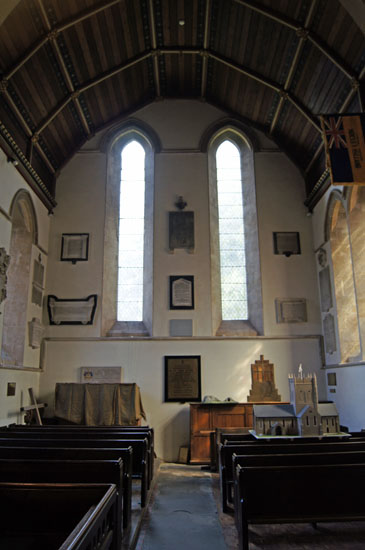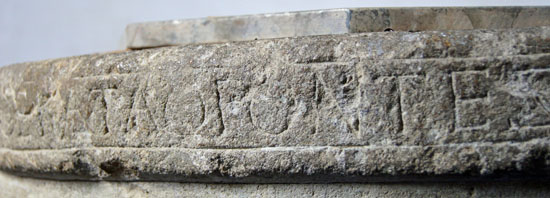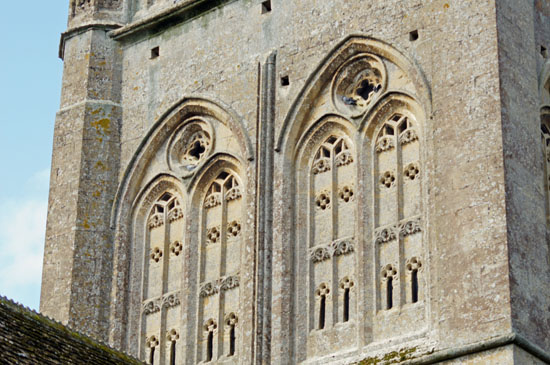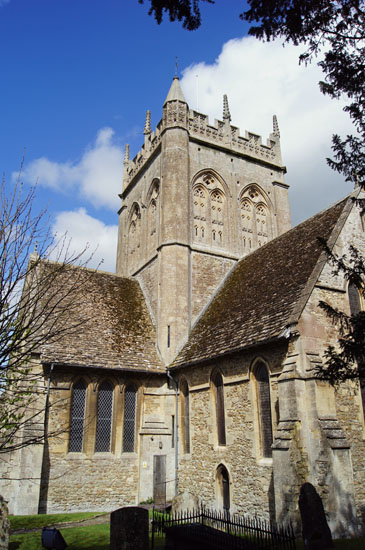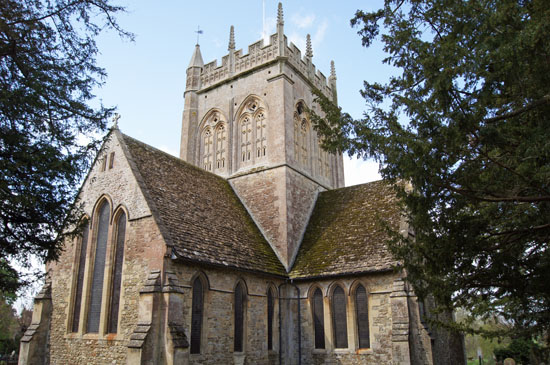|
You don’t find too many complete Early English churches. The urge to meddle and “improve” was too much for our forefathers, as it is for us today perhaps! Potterne is one such, however. Nothing here has been added except a nicely decorated top stage to the tower in c15 and a c14 porch. It is a cruciform church in the true sense: that is, with a central tower, nave chancel, and two transepts.
I always feel that Early English was the “minimalist” period of English architecture. The Norman period had given us layers of decorative mouldings around doors and windows, carvings of fabulous beasts on doorways, fonts and capitals and rude carved corbels. The Transitional Period toned everything down and the Early English period saw all the Norman fantasy consigned to the past. Windows became uniform “lancets”, tall, narrow and pointed. The “discovery” of the pointed arch allowed walls to be taller and the masonry less chunky. Decorative carving more or less disappeared. In 30 or 40 years England saw a total revolution in architectural fashion: out with the old and in with the new.
Because of this Potterne, built in the middle of the c13, doesn’t have the usual menu of carvings in stone or wood for me to show you. Its attraction lies in its beautiful symmetry and feeling of completeness. What you see now is not much different from what the c13 peasant would have seen. It is nothing less than a gem. It is just two miles south of Devizes where the Norman church of St John the Baptist
|
